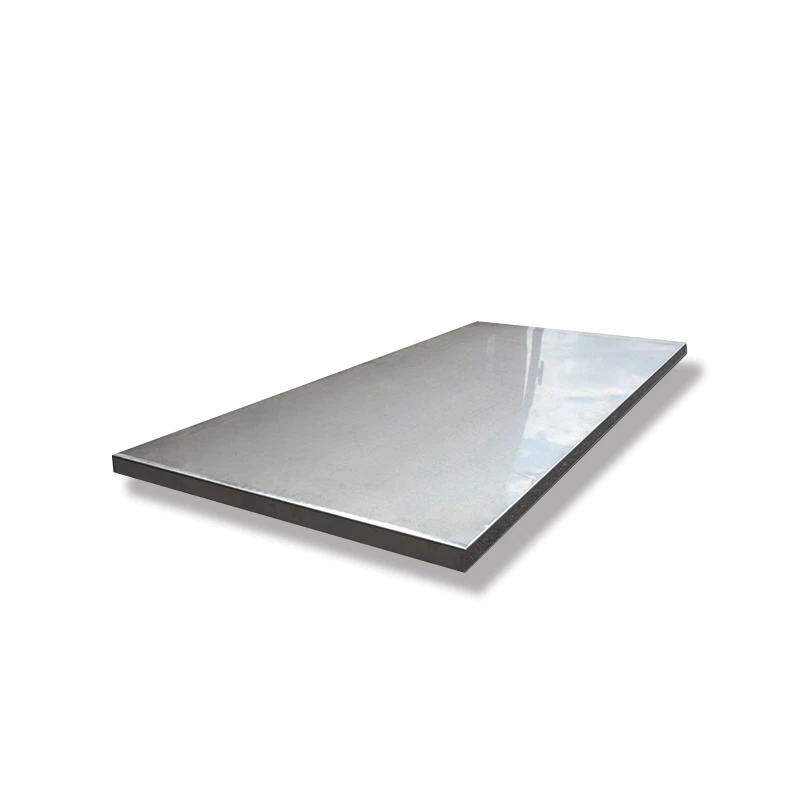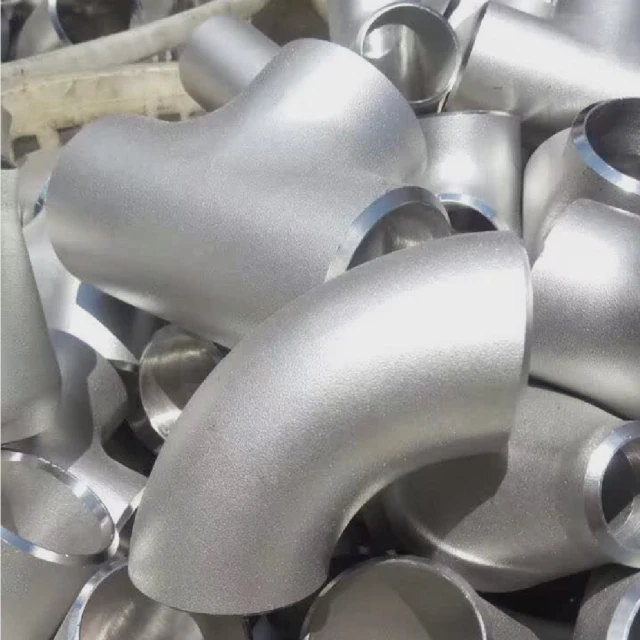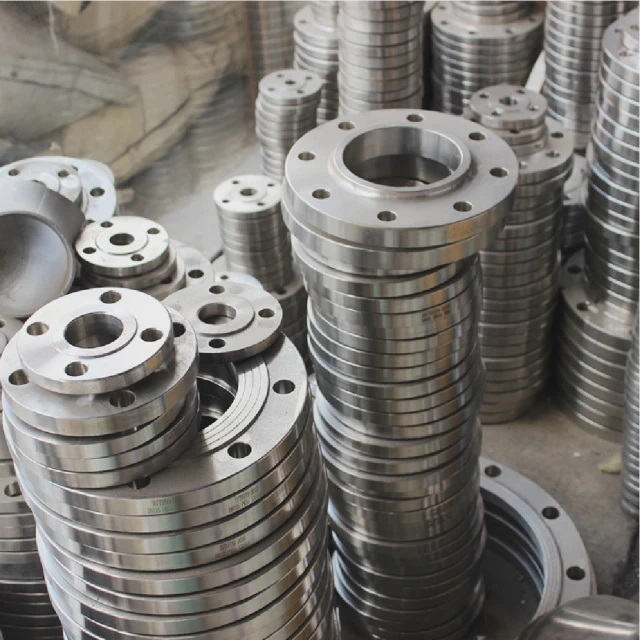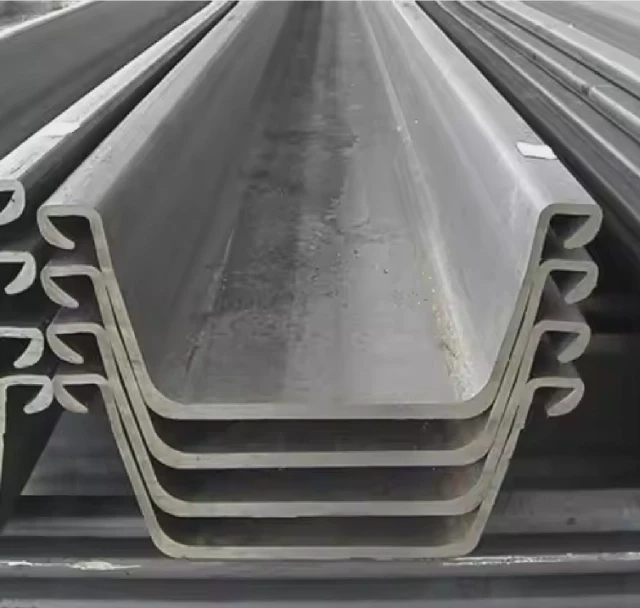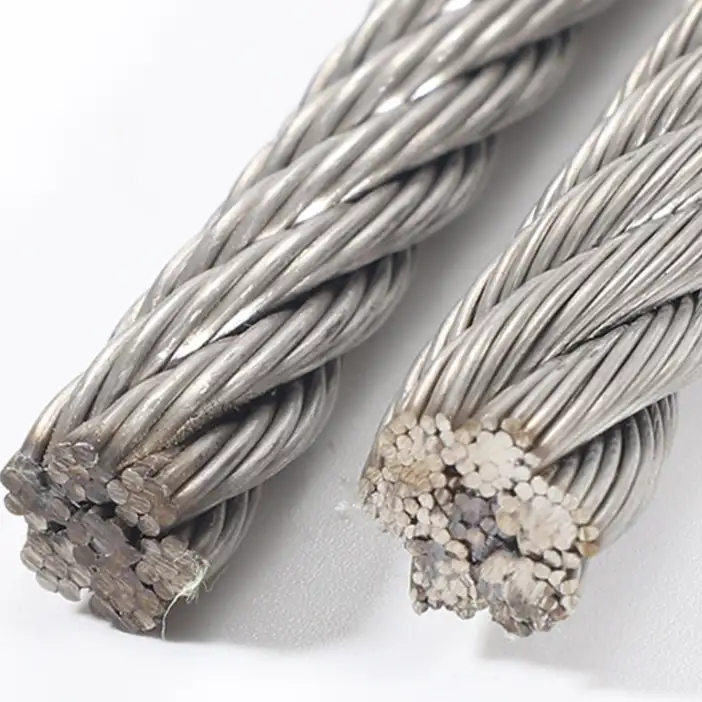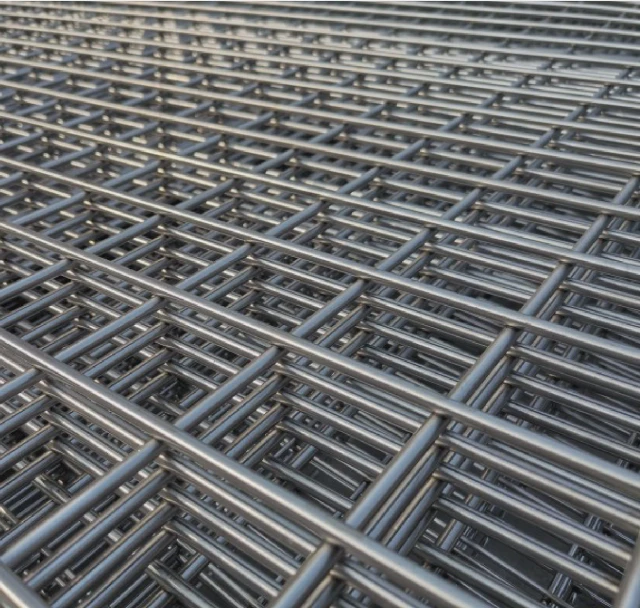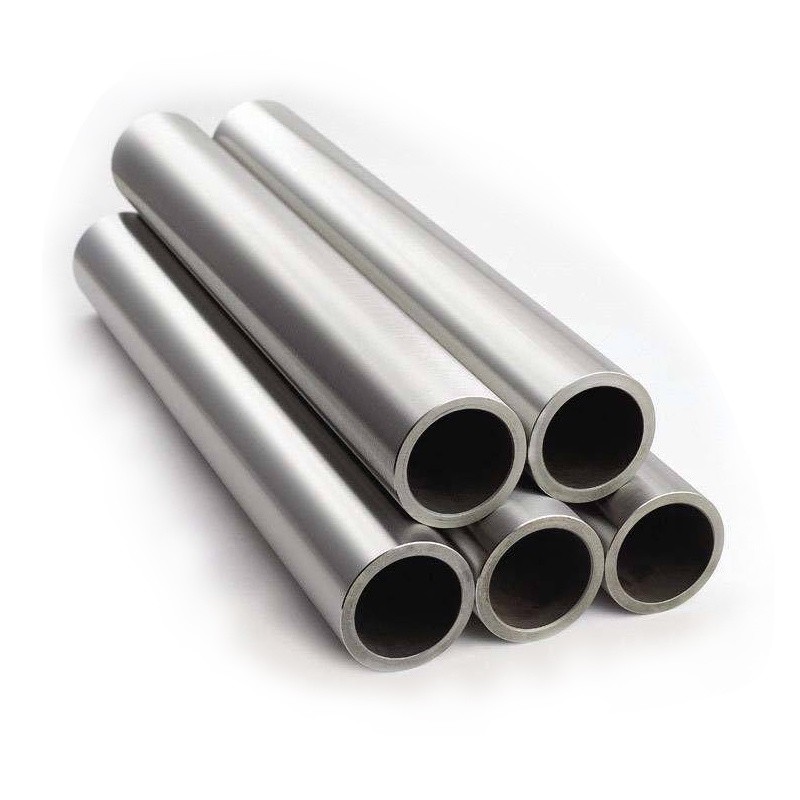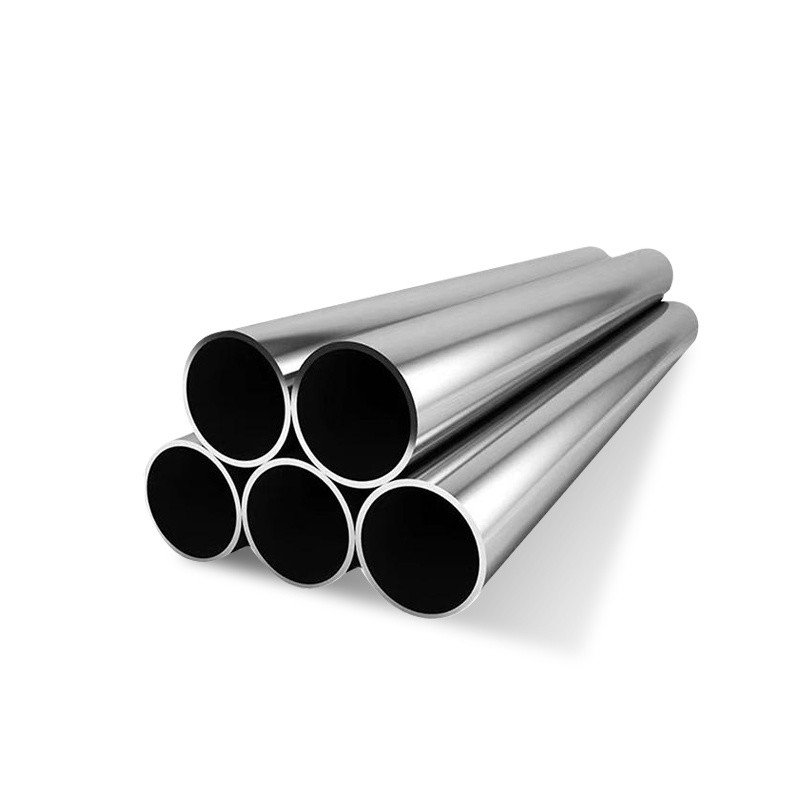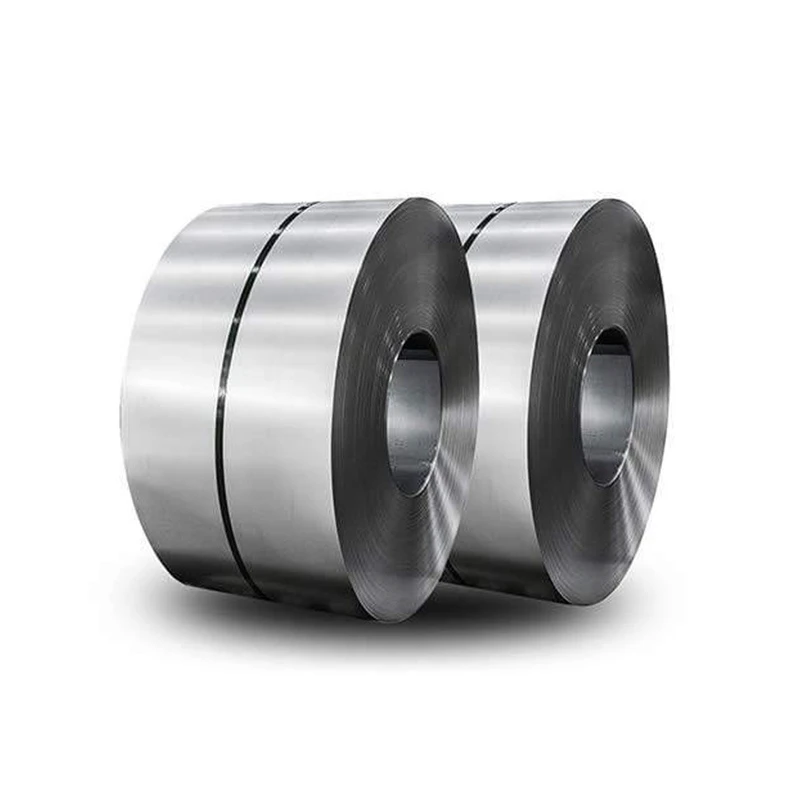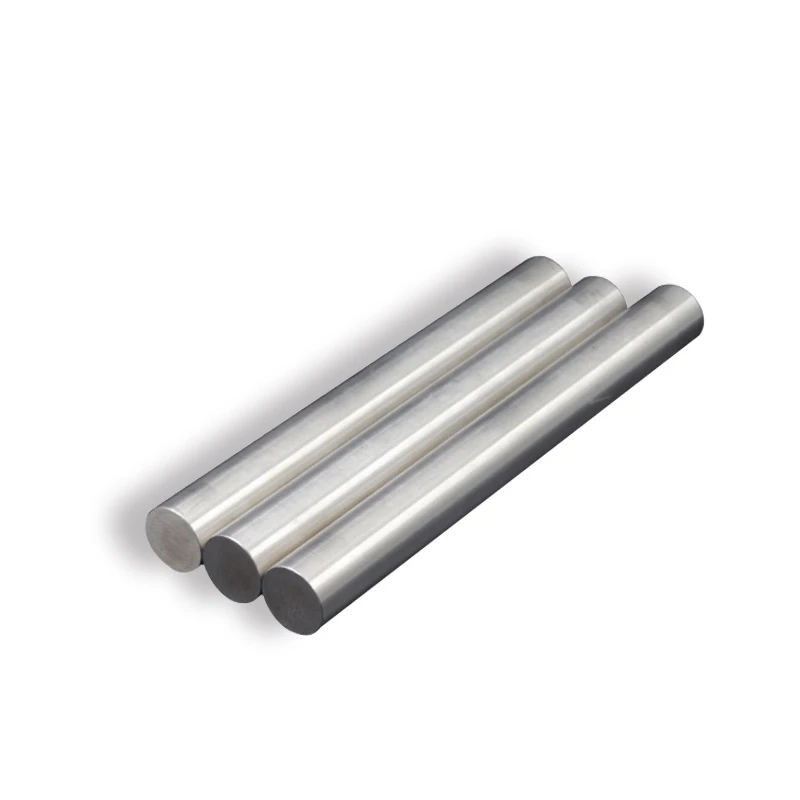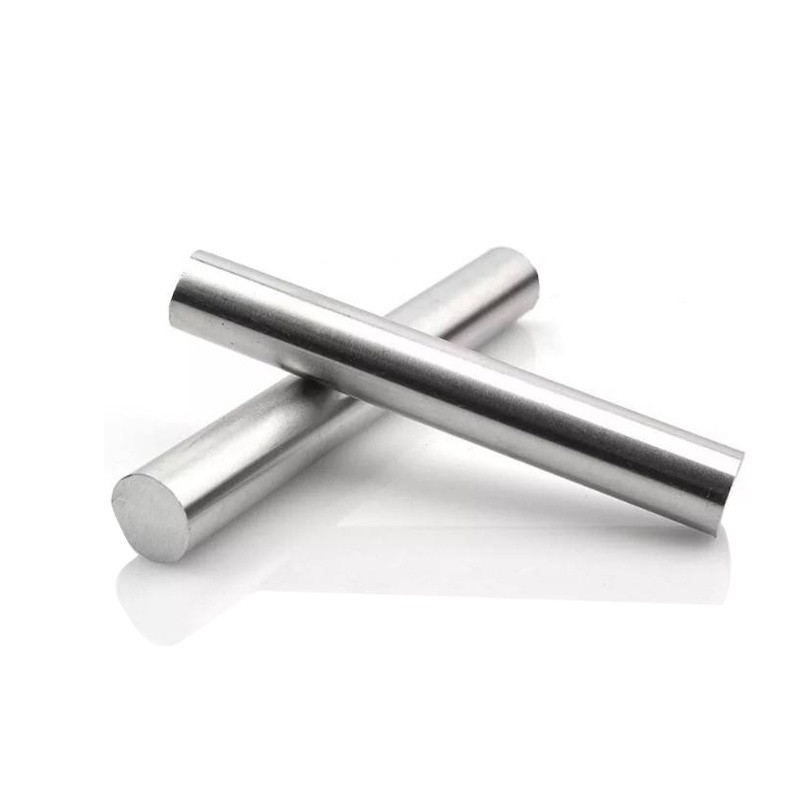
CATEGORIES
FEATURED PRODUCTS
ASTM 347 Stainless Steel Plate
We offer this product and related grades with 100% factory direct pricing and free quotes available within 24 hours.
APPLICATION SCENARIOS

OUR ADVANTAGE

Certificate of Honor

PARTNER

Our Factory

At its core, Grade 347 is an austenitic chromium-nickel stainless steel, part of the same family as the more common Grade 304. However, it holds a crucial chemical advantage: stabilization.
What is stabilization? When standard austenitic stainless steels (like 304) are heated within the critical temperature range of approximately 425∘C to 850∘C (800∘F to 1560∘F), a phenomenon called sensitization can occur. During this process, carbon in the steel combines with chromium to form chromium carbides along the grain boundaries. This depletes the chromium needed to maintain the protective passive layer, making the steel highly susceptible to intergranular corrosion, especially in the area affected by the heat of welding.
Grade 347 overcomes this limitation through the addition of Niobium (Nb), also historically known as Columbium (Cb). Niobium has a much stronger affinity for carbon than chromium does. It preferentially forms stable Niobium Carbides (NbC), effectively "locking up" the carbon and preventing it from reacting with the chromium. This leaves the chromium free in the solution to maintain its full corrosion-resistant properties, even after welding or prolonged exposure to high temperatures.
In essence, you can think of 347 as a "stabilized" version of Grade 304, engineered specifically for superior high-temperature service and post-weld corrosion resistance.
The Blueprint: Chemical Composition of Type 347
The precise formulation of Grade 347 is mandated by the ASTM A240 specification. The key is not just the presence of Niobium, but its ratio to the carbon content, ensuring complete stabilization. We also offer Grade 347H, which has a higher carbon content for enhanced creep resistance and strength at temperatures above 538∘C (1000∘F).
Table 1: Chemical Composition of ASTM A240 Type 347 & 347H (%)
|
Grade |
Carbon (C) |
Manganese (Mn) max |
Phosphorus (P) max |
Sulfur (S) max |
Silicon (Si) max |
Chromium (Cr) |
Nickel (Ni) |
Niobium (Nb) |
| 347 |
0.08 max |
2.00 | 0.045 | 0.030 | 0.75 |
17.0–19.0 |
9.0–13.0 |
10×C (min) to 1.00 max |
| 347H |
0.04–0.10 |
2.00 | 0.045 | 0.030 | 0.75 |
17.0–19.0 |
9.0–13.0 |
8×C (min) to 1.00 max |
The crucial takeaway here is the Niobium requirement. For Grade 347, the amount of Niobium must be at least ten times the carbon content, guaranteeing that there is more than enough to stabilize the alloy completely.
Performance Under Stress: Mechanical Properties
The stabilized nature of 347 stainless steel provides excellent mechanical properties, which are maintained effectively even after high-temperature exposure. At Luokaiwei, we ensure every plate we deliver meets these stringent mechanical benchmarks, verified by a comprehensive Mill Test Certificate (MTC).
Table 2: Typical Mechanical Properties of 347 & 347H Plate (ASTM A240)
|
Grade |
Tensile Strength (min) |
Yield Strength (0.2% Offset, min) |
Elongation (in 2 in. or 50 mm, min) |
Hardness (max) |
|
ksi (MPa) |
ksi (MPa) |
% |
Brinell (HBW) / Rockwell (HRB) |
|
| 347 |
75 (515) |
30 (205) |
40 |
201 / 92 |
| 347H |
75 (515) |
30 (205) |
35 |
201 / 92 |
While the room temperature properties are similar, the higher carbon content in Grade 347H provides significantly better high-temperature strength and creep resistance, making it the preferred choice for structural applications in the highest temperature ranges of this alloy's capabilities.
Physical Properties: A Deeper Look
For engineers designing equipment like heat exchangers or furnaces, the physical properties of Grade 347 are critical for accurate modeling and performance prediction.
Table 3: Physical Properties of Grade 347 Stainless Steel
|
Property |
Value |
|
Density |
8.03 g/cm3 (0.290 lb/in3) |
|
Melting Range |
1400–1455∘C (2550–2635∘F) |
|
Modulus of Elasticity |
193 GPa (28.0×106 psi) |
|
Thermal Conductivity (100∘C/212∘F) |
$16.1 \text{ W/m·K}$ |
|
Coefficient of Thermal Expansion (0−100∘C) |
$17.2 \text{ µm/m·}^\circ\text{C}$ |
The Critical Comparison: Grade 347 vs. Other Key Grades
Choosing the right material often involves comparing similar alloys. Here's how we advise our clients when they are considering Grade 347.
-
Grade 347 vs. Grade 321: This is the most direct comparison. Both are stabilized austenitic grades. Grade 321 is stabilized with Titanium (Ti), while 347 uses Niobium (Nb).
-
Performance: Niobium stabilization in Grade 347 gives it superior high-temperature strength and creep resistance compared to 321. Furthermore, during high-temperature welding processes (like arc welding), some of the Titanium in 321 can be lost across the arc, potentially leading to less effective stabilization in the weld metal itself. Niobium is not susceptible to this loss.
-
Our Recommendation: For the most demanding high-temperature applications, especially involving heavy or complex welds, we recommend Grade 347 as the more robust and reliable choice.
-
-
Grade 347 vs. Grade 304L: This is a comparison between a stabilized grade and a low-carbon grade. Both aim to solve the problem of post-weld corrosion.
-
Performance: 304L works by having very low carbon, leaving little to form carbides. This is effective for preventing sensitization after welding at ambient temperatures. However, 304L is not recommended for service temperatures within the sensitization range (425−850∘C), as carbides can still slowly form over time, reducing its corrosion resistance. Grade 347, being stabilized, is designed specifically to operate continuously in this high-temperature range without losing its corrosion resistance.
-
Our Recommendation: If your application involves welding and will operate primarily at ambient or moderately elevated temperatures (below 425∘C), 304L is a cost-effective solution. If the welded component will see continuous or intermittent service at temperatures above 425∘C, Grade 347 is the mandatory and far superior choice.
-
Built for Heat: Key Applications of Grade 347 Plate
The unique properties of 347 stainless steel make it the material of choice for a specific set of demanding industries and applications. We have proudly supplied 347 plates for:
-
Aerospace: Aircraft exhaust manifolds, collector rings, and jet engine components.
-
Power Generation: Superheater and reheater tubes, boiler tubes, and furnace parts.
-
Chemical Processing: High-temperature chemical process equipment, pressure vessels, and heat exchanger tubes.
-
Oil & Gas Refining: Polythionic acid service, fluid catalytic cracking (FCC) units, and high-temperature catalyst recovery systems.
-
Heavy Fabrication: Large, welded structures that cannot be post-weld annealed, such as industrial expansion joints and heavy-duty exhaust systems.
Fabrication and Welding Considerations
Grade 347 is renowned for its excellent fabrication characteristics, a direct benefit of its stabilized nature.
-
Weldability: The grade is readily weldable by all common fusion and resistance methods.
-
Filler Metal: To maintain the properties of the base metal, we recommend using AWS E/ER 347 or E/ER 347H filler rods and electrodes.
-
Heat Treatment:
-
Pre-heating is not required.
-
Post-Weld Annealing is not necessary to restore corrosion resistance, which is the primary advantage of this grade. A full solution anneal (1010−1100∘C or 1850−2000∘F) followed by a rapid water quench can be performed to maximize ductility if needed, but it is not required for corrosion resistance.
-
Why Choose Luokaiwei for Your Grade 347 Needs?
When you are sourcing a specialized alloy like Grade 347, your supplier's expertise is just as important as the material itself. Choosing Luokaiwei means you are partnering with a team that understands the nuances of high-performance alloys.
-
Specialized Inventory: We maintain a robust stock of Grade 347 and 347H plates in various thicknesses, ensuring we can meet the demands of your critical projects.
-
Verifiable Quality: Every 347 plate we sell is backed by a full Mill Test Certificate (MTC), so you have complete traceability and confidence in the material's chemical and mechanical integrity.
-
Expert Guidance: Our team is here to help you confirm if 347 is the right choice over alternatives like 321 or 304L, ensuring you get the most cost-effective and technically sound solution.
-
Precision Processing: We offer a full suite of processing services, including plasma, laser, and waterjet cutting, to deliver plates that match your exact design specifications.
Frequently Asked Questions (FAQ)
1. What is the maximum service temperature for 347 stainless steel?
Grade 347 offers excellent oxidation resistance up to about 870∘C (1600∘F) for continuous service. For applications requiring high strength at elevated temperatures (creep resistance), it is generally used for temperatures up to 800∘C (1470∘F).
2. What is the difference between 347 and 347H?
The "H" in 347H indicates a higher carbon content (0.04% to 0.10%). This higher carbon, combined with the Niobium stabilization, significantly increases the material's strength and creep resistance at very high temperatures (typically above 538∘C or 1000∘F). We recommend 347H for structural applications in this upper temperature range.
3. Is 347 stainless steel magnetic?
No. Like other austenitic stainless steels, Grade 347 is non-magnetic in its annealed condition. Some slight magnetism may be introduced by severe cold working, but for all practical purposes, it is considered a non-magnetic material.
4. Do I need a special filler rod to weld 347 stainless steel?
Yes. To ensure the weld deposit has the same high-temperature properties and corrosion resistance as the base plate, it is essential to use a matching filler metal. AWS E/ER 347 filler rods and electrodes are specifically designed for this purpose as they also contain Niobium for stabilization.
5. Why is 347 more expensive than 304 stainless steel?
The price difference is primarily due to the addition of the alloying element Niobium (Nb). Niobium is a relatively rare and costly metal compared to the base elements in 304. The added cost provides the critical benefits of high-temperature stability and superior post-weld corrosion resistance, which is a necessary investment for the applications where this grade is used.
We trust this detailed exploration of Grade 347 has been valuable. At Luokaiwei, we are equipped and ready to supply the high-performance stainless steel plates your projects demand. Contact us today to discuss your requirements and receive a competitive quote.







